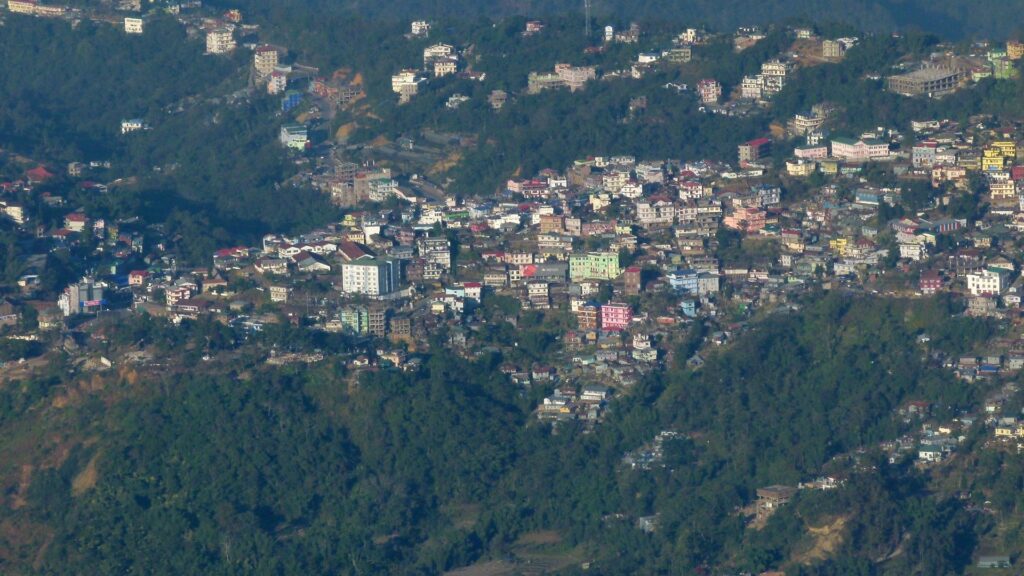
Ever wonder how cities get their names?
Every place has a story, a moment in history that shapes its identity, its culture, and how it’s remembered. Kohima is no different. Today, we’re looking at how this city got its name.
Kohima, the capital of Nagaland, isn’t just a city. It’s a place woven with rich indigenous traditions, wartime history, and an evolving identity. But the name “Kohima” itself? That’s a story shaped by our local roots, British influence, and how language changes over time.
You might be surprised to know that “Kohima” wasn’t the original name. Locally, among the Angami Nagas, it’s known as Kewhira, a name tied closely to both the land and the people. So how did Kewhira become Kohima?
Let’s take a closer look at the origins of the name, dig into our history, and reflect on what the names mean.
Let’s take it back to where it all began – a brief history of Kohima.
Kohima sits nestled in the Naga Hills, part of India’s northeastern frontier bordering Myanmar. The region is known for its stunning natural beauty, rolling hills and dense forests. But what truly defines this place are the people and communities who call it home.
The original inhabitants of Kohima are the Angami Nagas, one of the major Naga tribes. Like many other Naga groups, the Angamis have a strong cultural identity shaped through oral traditions and a deep connection to the land. Their language, customs, and naming systems are closely tied to nature.
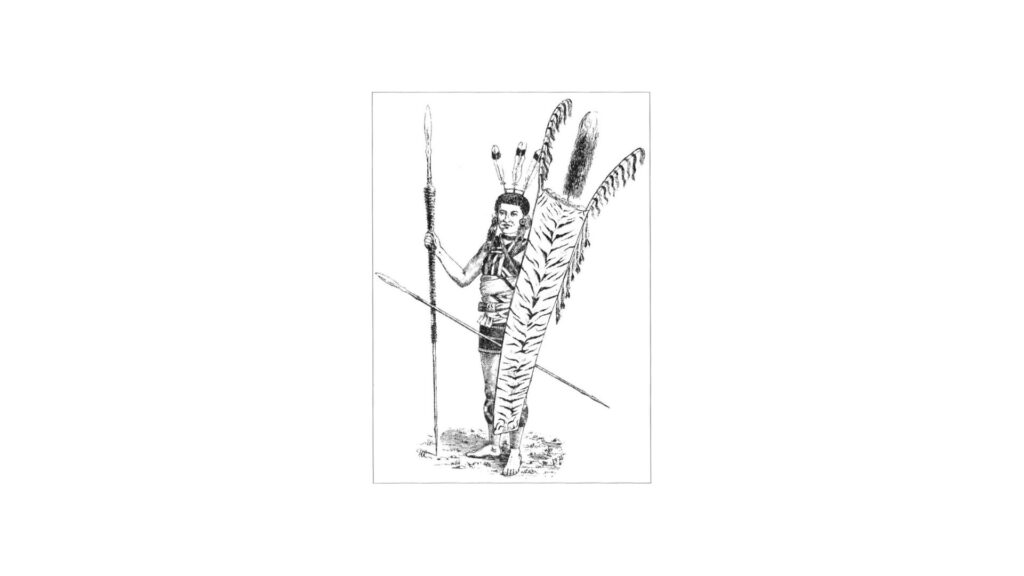
Interestingly, the origin of the name Kewhira isn’t fixed to just one meaning. There are a few interpretations, each carrying its cultural weight. That’s partly because much of Naga history has been passed down orally, with very few written records.
One version links the name to the Kewhi flower, once found in abundance in the area. In this reading, Kewhira means “the land where the Kewhi grows,” a poetic and natural way of naming rooted in the landscape.
Another version, shared by the Kohima Village Council (KVC), looks at the name from a social and linguistic angle. They trace Kewhira to the Tenyidie words Kephfükewhi (meaning “to meet and assemble”) and ra (meaning village). According to this account, people from different directions came together to form a settlement, thus, Kewhira became “the village where people assemble.” The people themselves are called Kewhimia (mia meaning people), the rightful, hereditary custodians of the land.
So when the British arrived in the 19th century, they encountered a name rich with meaning, but not so easy to pronounce. And that, as we’ll explore in the next section, is where the transformation began.
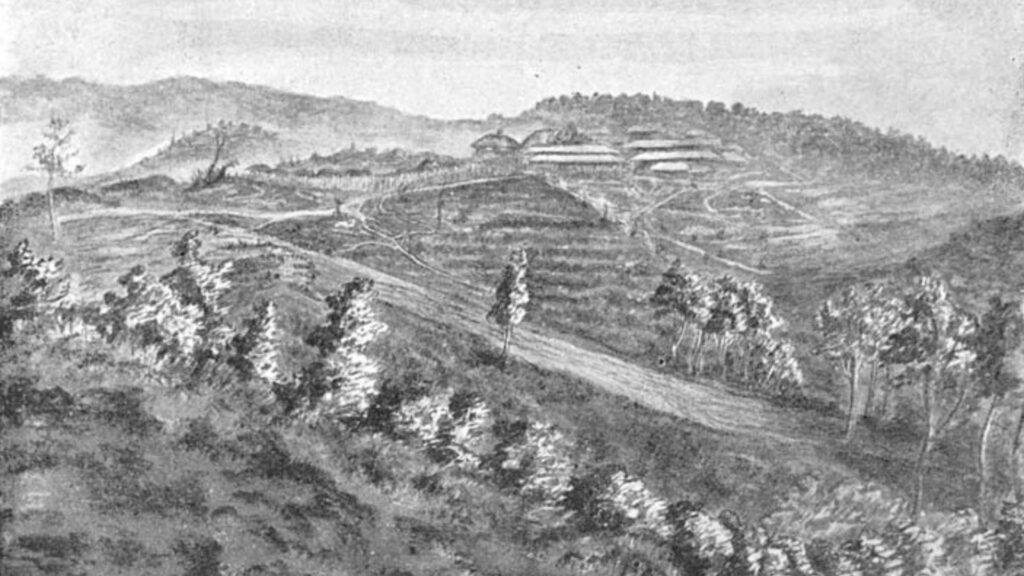
So how did Kewhira, a name deeply rooted, become Kohima?
The most widely accepted explanation points to the arrival of the British in the 19th century. When the British started taking control of the administration of the region, they encountered the village of Kewhira. They had trouble understanding the local dialects, especially Tenyidie, spoken by the Angami Nagas. Many names were misheard, mispronounced, or simplified for convenience.
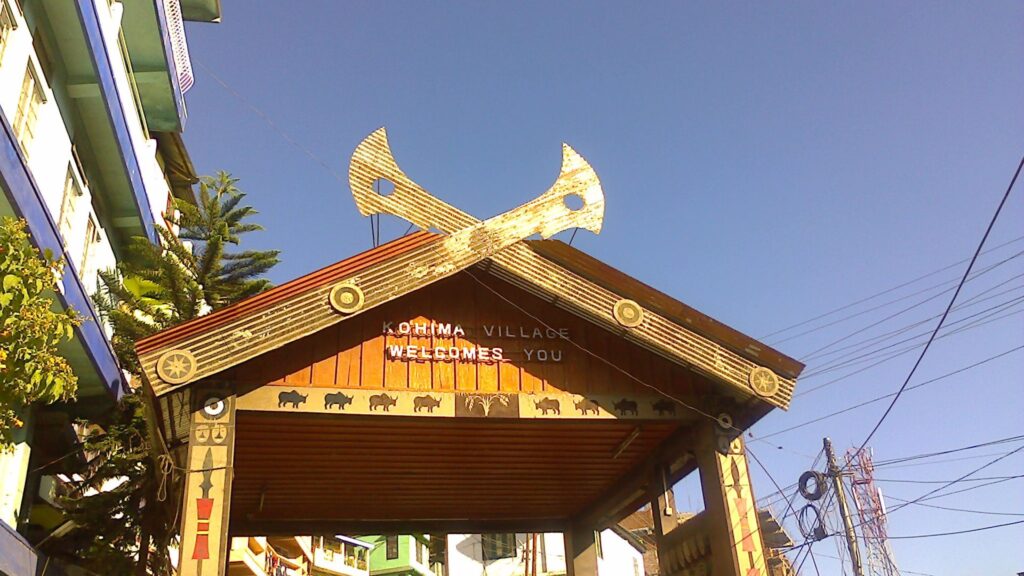
So was the case with Kewhira. Kewhira became Kohima, a distorted, anglicized version of the original. And it was the name that was recorded, and it stuck.
Over time, it became the official name used in maps, government records, and later, in post-Independence administration. Eventually, even locals adopted “Kohima” in formal settings, though Kewhira remains the traditional name used within the community.
The shift from Kewhira to Kohima wasn’t a single event; it unfolded gradually, shaped by colonial influence, administrative needs, and time.
For generations, the Angami Nagas knew the village as Kewhira. Passed down through oral tradition, the name carried meaning, it reflected their identity, tied to both land and community.
When the British arrived in the 1800s, they brought with them a system that needed to map and categorize unfamiliar regions. Indigenous names were often written phonetically or altered to suit English pronunciation. Kewhira likely became Kohima not through malice, but through linguistic mismatch and administrative ease.
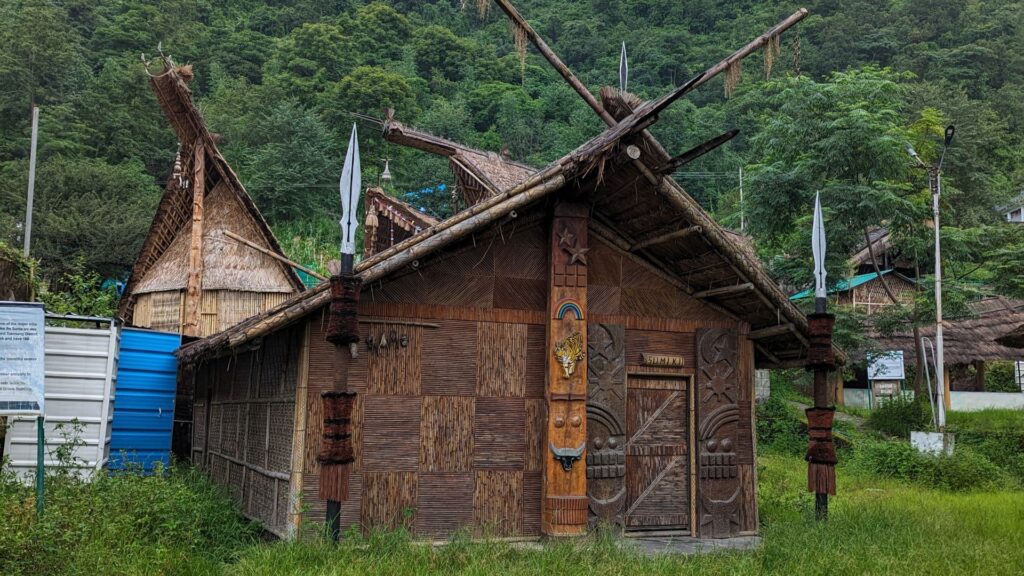
Over time, Kohima appeared in colonial records and later in post-Independence governance. Still, Kewhira didn’t vanish. It endures in cultural spaces, village council records, and among the elders. Even today, many locals refer to the original village, now called Kohima Village, as Kewhira, while Kohima describes the larger urban area that grew around it.
The evolution of the name tells a deeper story, of adaptation, memory, and cultural continuity. While the official name changed, the soul of Kewhira remains. The dual use of both names today reflects how history isn’t always erased, it’s layered.
In today’s fast-changing world, names often become just labels. But for the people of Kohima, especially the Angami Nagas, Kewhira still holds deep cultural meaning.
While Kohima appears on maps and signs, Kewhira connects the community to their land, ancestors, and identity. Ask someone from Kohima Village, and you’ll often hear “Kewhira” instead. This dual naming reflects a balance between history and modern life. It shows that while a name may change, the heart of a place remains.
Today, there’s renewed effort to honor indigenous names. Local bodies promote Kewhira through cultural events and storytelling. It’s not just about the past, it’s about identity and belonging.
For outsiders, the history of the name Kewhira offers a deeper understanding of Kohima, not just as a city, but as a place with living roots.
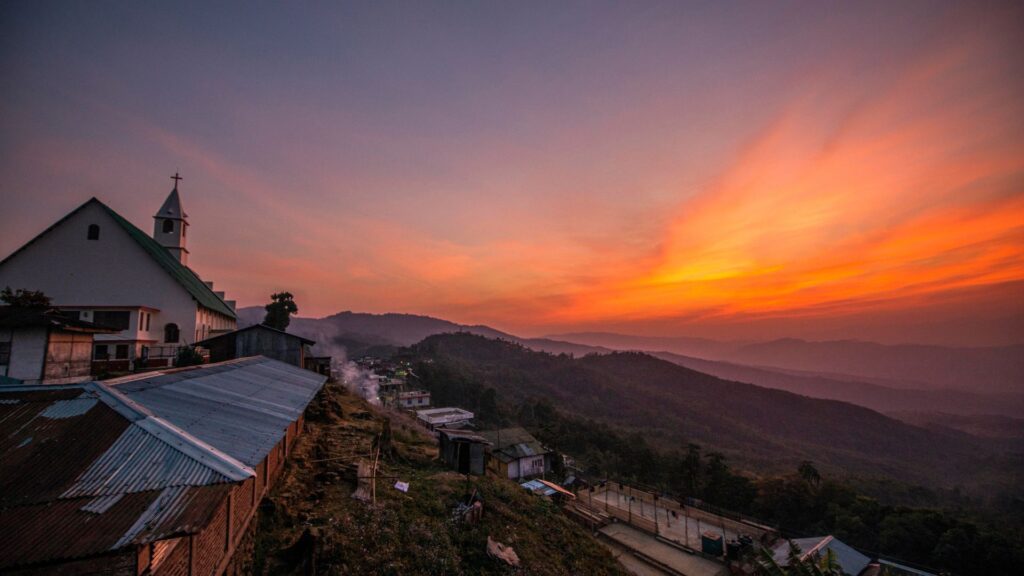
The story of how Kohima got its name reflects history, culture, and the resilience of identity.
From Kewhira, rooted in land and community, to Kohima, shaped by colonial encounters, the name carries layers of meaning. It’s a story passed down through oral tradition, marked by shifting powers and quiet adaptation. Yet, the spirit of Kewhira has endured.
Names carry memory. In Kohima’s case, they reveal a shared legacy, carved by those who belong to the land and those who once came from outside. While the world may know it as Kohima, many still hold on to Kewhira, not just as a name, but as a symbol of who they are.
So the next time you visit Kohima with a local, ask them about the name. Chances are, their family has a version of the story to share, one that adds another layer to a name that’s far more than just a place on the map.
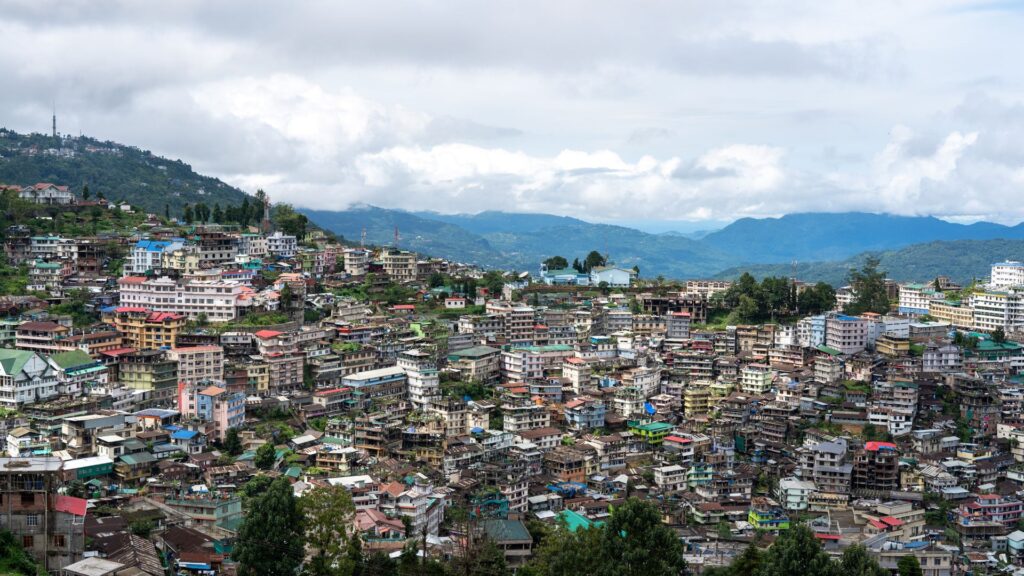

Samiksha Jain is a writer who loves exploring the intersections of history, culture, and media, and how they shape the way we see the world. She has worked across creative content and audience insights in the media industry. These days, she’s soaking in the quiet joys of slow living in North-East India while working as a content executive with Chalohoppo.
To truly understand Kohima’s past, especially its indigenous roots as Kewhira, it’s best to explore with a local guide. ChaloHoppo offers cultural immersion, heritage tours, and storytelling sessions led by locals as part of its Nagaland Itinerary.
Yes. Kohima Village (formerly Kewhira) is open to visitors and is a great place to learn about Angami traditions, architecture, and oral history. A local host or guide can help you engage respectfully with elders and understand the layered meanings behind the name Kewhira.
Anytime of the year is a good time to visit Kohima. Plan ahead with a local partner like ChaloHoppo to understand what each season has to offer.
Besides Kohima Village, you can visit the World War II Cemetery, the Nagaland State Museum, and nearby villages like Khonoma—known for its conservation and warrior history. Guided trips can offer rich insights into Naga identity, heritage, and resilience.